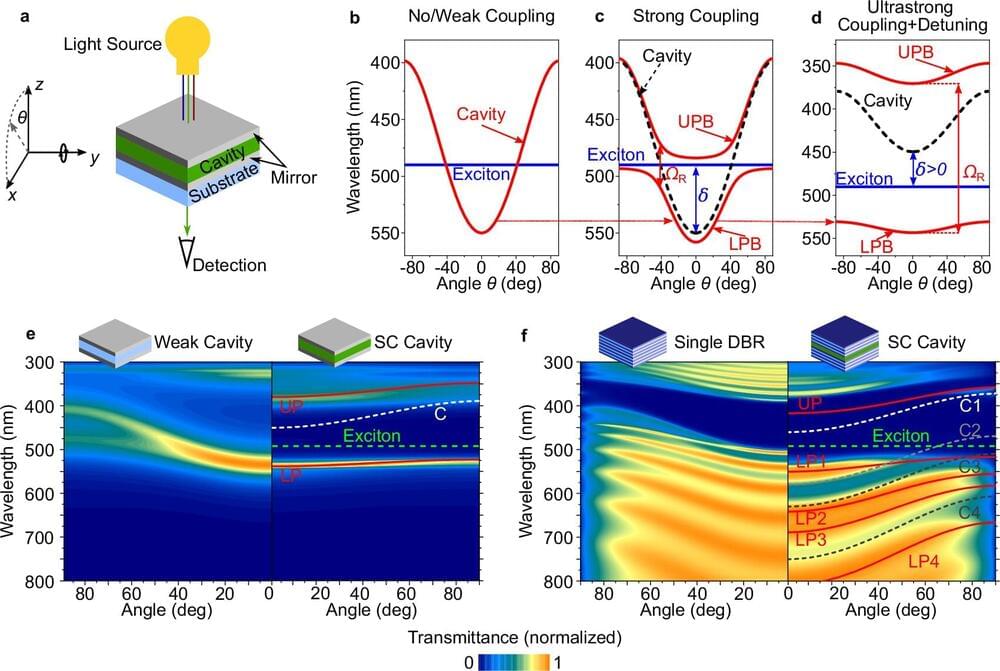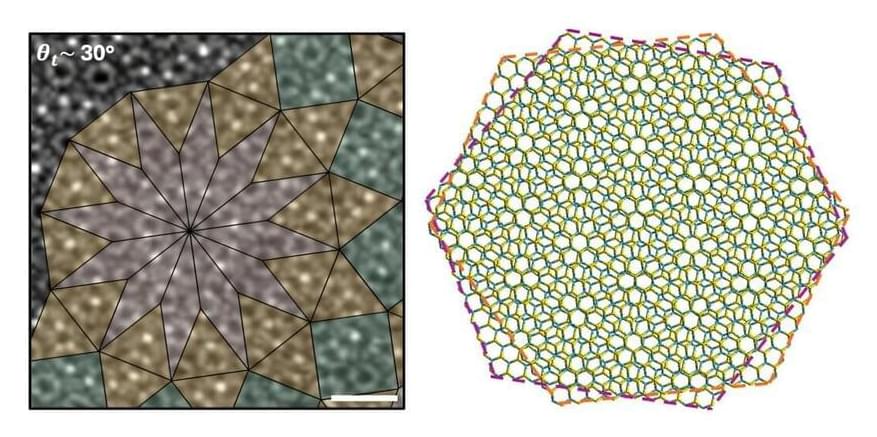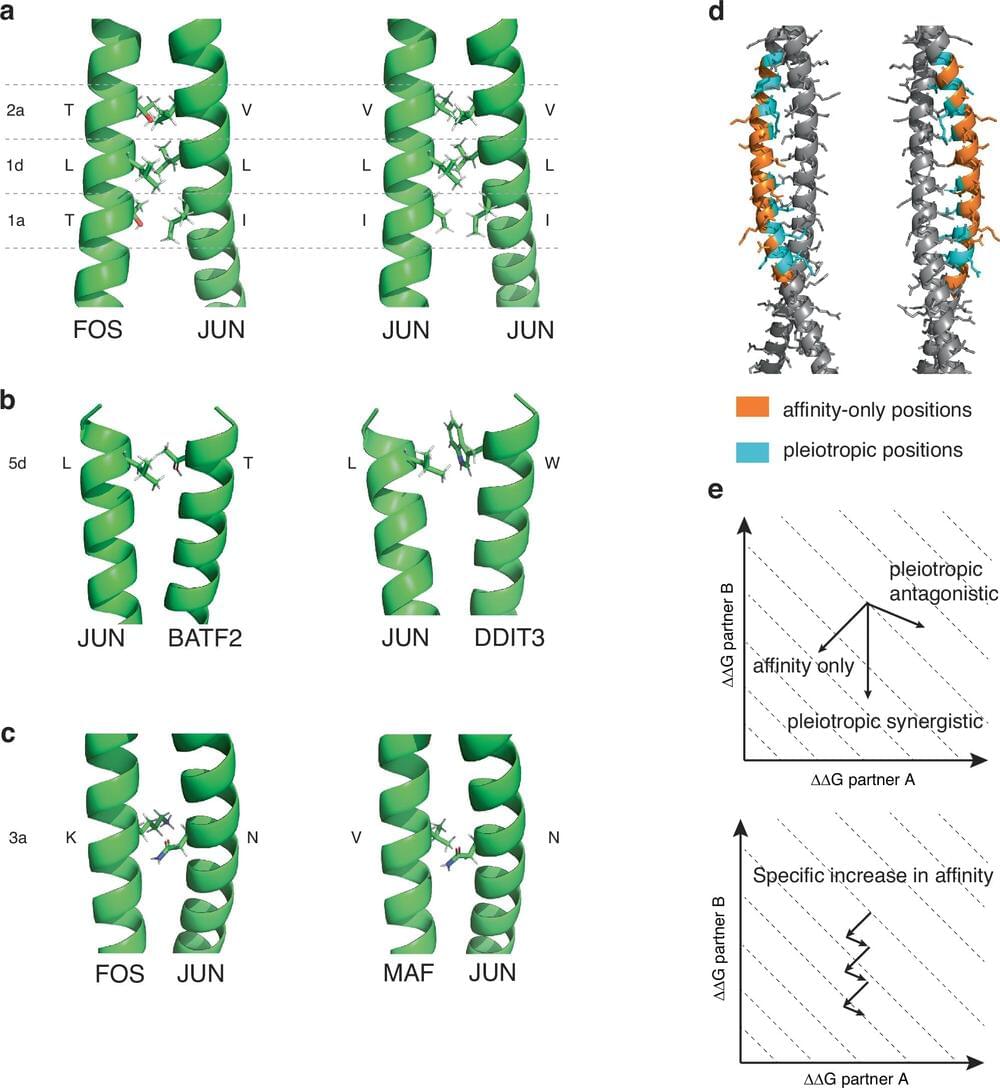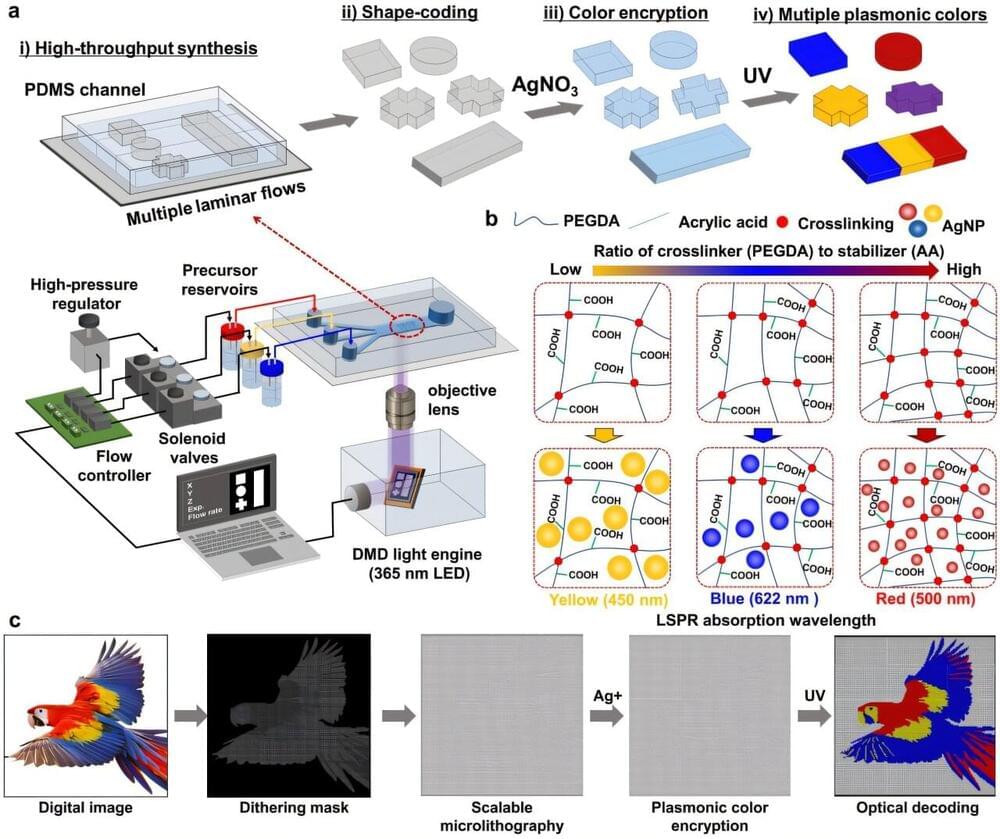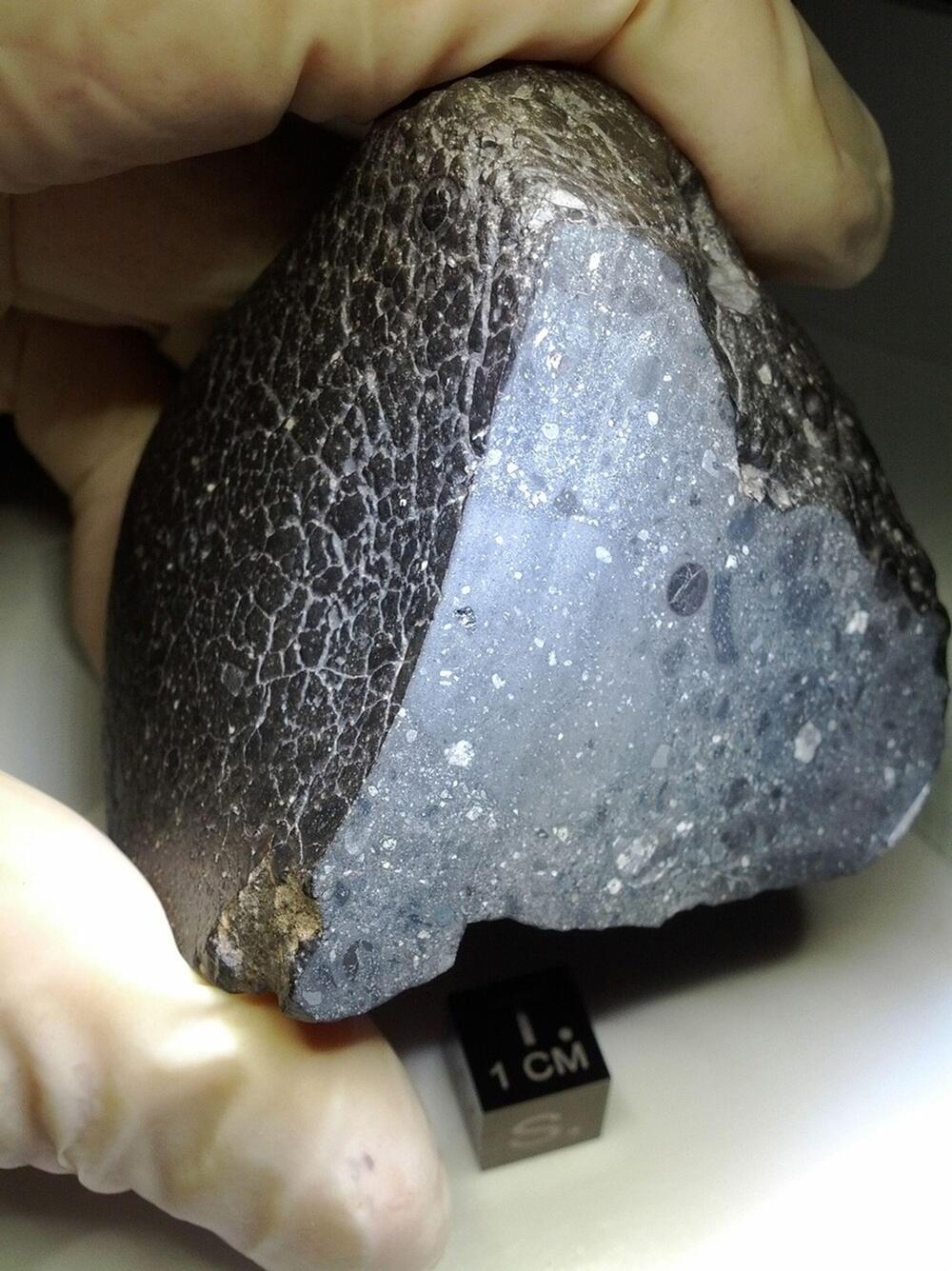A team of researchers from the University of Cologne, Hasselt University (Belgium) and the University of St Andrews (Scotland) has succeeded in using the quantum mechanical principle of strong light-matter coupling for an optical technology that overcomes the long-standing problem of angular dependence in optical systems.
The study, “Breaking the angular dispersion limit in thin film optics by ultra-strong light-matter coupling,” published in Nature Communications presents ultra-stable thin-film polariton filters that open new avenues in photonics, sensor technology, optical imaging and display technology.
The study at the University of Cologne was led by Professor Dr. Malte Gather, director of the Humboldt Center for Nano-and Biophotonics at the Department of Chemistry and Biochemistry of the Faculty of Mathematics and Natural Sciences.
